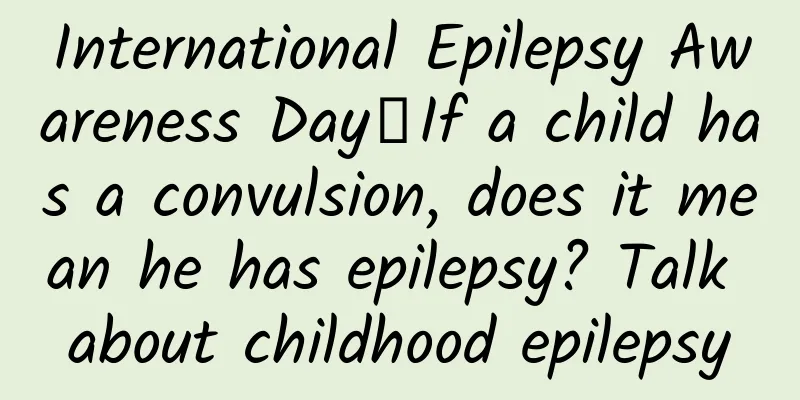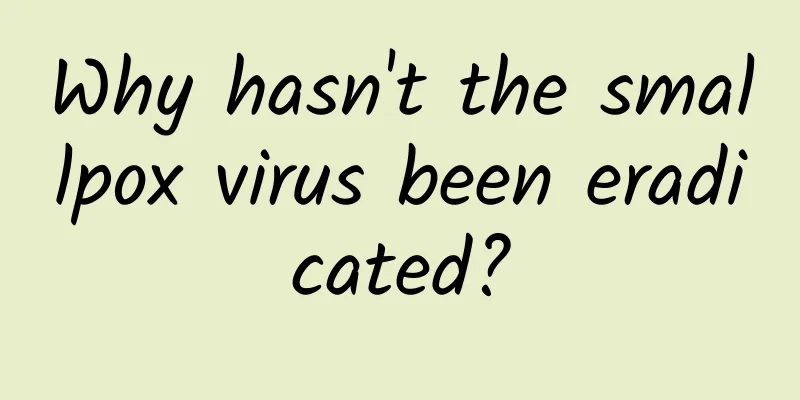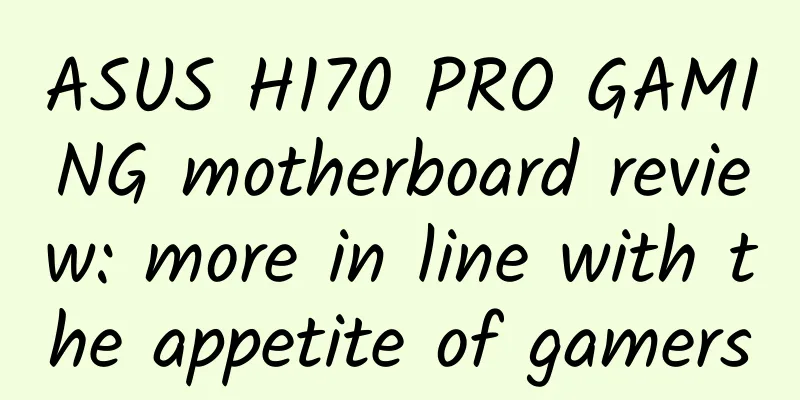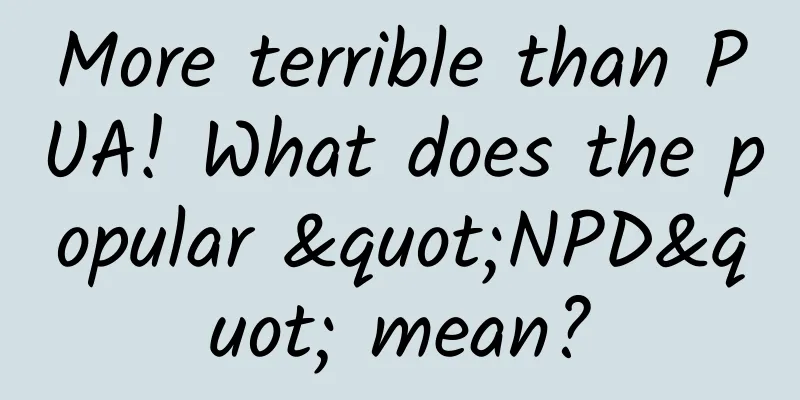International Epilepsy Awareness Day丨If a child has a convulsion, does it mean he has epilepsy? Talk about childhood epilepsy

|
Author: Lian Di Xinhua Hospital Affiliated to Shanghai Jiao Tong University School of Medicine Reviewer: He Dake, Chief Physician, Xinhua Hospital, Shanghai Jiao Tong University School of Medicine In the pediatric emergency room, parents often rush in with their children in their arms, anxiously saying, "Doctor, please take a look at my child. He just had a high fever and had a seizure. All of a sudden, his limbs are shaking, his eyes are rolled up, his teeth are clenched, and he is foaming at the mouth. He doesn't respond when you call him. Is he epileptic?" There is also a scenario like this, "Doctor, my child suddenly had a seizure while sleeping at night 3 days ago, but it hasn't happened in the past few days. Is he epileptic?" For new parents who see these scenes for the first time, it is really difficult to judge whether this is epilepsy, which is what the common people call "epilepsy". So today, let's talk about childhood epilepsy. Figure 1 Copyright image, no permission to reprint 1. What is epilepsy? Epilepsy is a chronic brain disease characterized by excessive discharge of brain neurons leading to repetitive, paroxysmal and transient central nervous system dysfunction, persistent tendency to epileptic seizures, and neurological, cognitive, psychological and social impacts. 2. Is epilepsy common in children? According to statistics from the World Health Organization (WHO), there are approximately 50 million epilepsy patients worldwide, with more than 5 million new cases occurring each year. Studies have shown that there are nearly 9 million epilepsy patients in my country, and the annual incidence of childhood epilepsy is 151/100,000, of which 29% occur within 1 year of age, and 82.2% occur within 7 years of age. It is estimated that 0.5% to 1% of children and adolescents experience at least one afebrile epileptic seizure before puberty. 3. Does a child’s convulsion mean epilepsy? Not exactly. Convulsions are involuntary muscle contractions, and epilepsy is more than just convulsions. Convulsions can occur after any damage to the brain, including encephalitis or meningitis, brain tumors, brain malformations, brain trauma, stroke, febrile seizures, infectious toxic encephalopathy, hypoxic-ischemic encephalopathy, and genetic/metabolic diseases. 4.What other forms of epilepsy occur? Epileptic seizures are complex and diverse. The new classification standards proposed by ILAE (International League Against Epilepsy) in 2017 are shown in the figure below. Figure 2 Copyright image, no permission to reprint Let us briefly introduce the various forms of attacks. (1) Motor seizures: Among them, tonic-clonic seizures (formerly called grand mal seizures) are the easiest to notice. The most common seizures are focal seizures, which means movements in a certain part of the body, such as the hands, corners of the mouth, limbs, and eyelids. In addition to convulsions, there are also nodding, falling, looking up, tilting the head back, asymmetrical postures, hand groping, lip smacking, and dance-like movements. (2) Non-motor seizures: Common symptoms include trance, such as teachers reporting to parents that their children are in a daze during class, sensory abnormalities (numbness, tingling, etc.), visual hallucinations, olfactory hallucinations, fear, anger, a sense of unfamiliarity, flushed face, etc. (3) Unclassifiable seizures: There are no motor or non-motor features, and the perceptual state is unclear. In short, parents need to pay attention when they see their children making strange movements repeatedly. 5. What should I do if I find that my child is having an epileptic seizure? First, don't panic and stay calm, as most seizures stop on their own within 5 minutes. Combining our country's and foreign guidelines, you can do it as follows. You can determine if he is conscious by touching him gently and calling his name loudly. Stay with your child until he or she is awake. Lay your child on the floor and place something soft, flat, such as a folded jacket, under his or her head. Gently turn him to one side to prevent suffocation, pay attention to air circulation and keep his airway open. Remove any hard or sharp objects from the area to prevent injury during an attack. Remove your glasses and loosen your tie or anything around your neck that might be causing difficulty breathing. Record the duration of the attack. If it is the first attack, take photos or videos to facilitate subsequent medical treatment while ensuring safety. Do not hold down or try to stop your child's movements, because not only will you fail to stop them, but you may hurt them. Don't put anything in your child's mouth, including your hands or arms, as this can injure their teeth or jaw, cause choking, and you could be bitten. Figure 3 Copyright image, no permission to reprint When should you call 120? Epileptic seizures usually do not require emergency medical care, but if the following occur, call 120 immediately and send the patient to the hospital. First epileptic seizure. Difficulty breathing or waking up after a seizure. The seizure lasts longer than 5 minutes. Another seizure occurred shortly after the first one. Injury during a seizure. The seizure occurred in water. Have diabetes, heart disease, or other life-threatening conditions. 6. What do doctors do to diagnose epilepsy? 1. Detailed medical history and physical examination 2. Especially neurological examination. 3. Laboratory tests, including blood, urine, cerebrospinal fluid, etc., to look for possible causes, and sometimes genetic testing may be done. 4. Electroencephalogram (EEG) is very important. It can determine whether it is an epileptic seizure, the type of seizure, the inducing factors, etc., and evaluate the indications for surgery, etc. 5. Imaging examinations, including head MRI, CT, and, if necessary, MRS, fMRI, SPECT, PET, etc. Figure 4 Copyright image, no permission to reprint Figure 5 Copyright image, no permission to reprint 7. Can epilepsy be cured? Research reports show that 70% of epilepsy patients can achieve zero seizures through low-cost and effective drugs, and 25% of cases can be prevented, but 30% of patients have refractory epilepsy. Doctors will choose the most suitable treatment method according to different types of seizures. (1) Anti-epileptic drug treatment: About 50% of patients can achieve seizure freedom with the first treatment regimen, but existing drugs can only control seizures and cannot cure or improve long-term prognosis. (2) Ketogenic diet. (3) Surgical operation. (4) Immunotherapy. Finally, taking medication as directed by the doctor, going to the hospital for regular follow-up visits, avoiding triggering factors, developing a good habit of recording epileptic seizure events, ensuring adequate sleep, maintaining a good attitude, and engaging in appropriate outdoor activities will help your child better control epileptic seizures and achieve a higher quality of life. References [1]Falco-Walter JJ, Scheffer IE, Fisher RS. The new definition and classification of seizures and epilepsy[J]. Epilepsy Res. 2018;139:73-79. [2] Bao Xinhua, Jiang Yuwu, Zhang Yuehua. Child Neurology[M]. Beijing: People's Medical Publishing House, 2021. [3] Chinese Anti-Epilepsy Association. Clinical Diagnosis and Treatment Guidelines: Epilepsy Volume[M]. Beijing: People's Medical Publishing House, 2015. [4] Xiao Bo, Zhou Luo. The latest clinical diagnosis and treatment guidelines for epilepsy: opportunities and challenges coexist[J]. Journal of Peking Union Medical College, 2017, 8(2):5. |
>>: It rained in many places when Jam Hsiao proposed. Is the “Rain God” really that powerful?
Recommend
iOS Tips: Disable the annoying app rating reminders in apps
Many app developers can't wait to remind user...
Danger! Don’t do this when your roof is moldy
The most frustrating thing about humid weather is...
People with diabetes feel like their feet are wearing "socks" and should beware of peripheral neuropathy
A diabetic patient complained to Huazi that he fe...
Introduction to HTTPS encryption methods and their advantages and disadvantages
Symmetric encryption Symmetric encryption refers ...
People with weak spleen and stomach cannot hide their face! These 4 symptoms need to be treated in time
Mr. Zhang, 45 years old, has been feeling stomach...
Advertising channel costs, optimization and techniques!
Regarding advertising, I shared some experiences ...
Why is it not recommended to use the refrigerator as a storage room?
Refrigerators are a necessity for almost every ho...
Headline delivery: What to do if the account volume is unstable?
1. The account volume is unstable and the planned...
Hisense Yu Zhitao: OTT large-screen marketing should achieve win-win results for all parties
On September 22, at the "2017 China OTT Larg...
Apple's decline drags down A-share listed companies in the industry chain
When one prospers, all prosper; when one declines...
Chronic stress may be affecting your brain without you even realizing it
Leviathan Press: In fact, compared with acute str...
Artificial intelligence needs to be viewed calmly. If we blindly follow the speculative craze, it may turn into a cold wave.
Artificial intelligence is a "real thing&quo...
Silicon Valley Growth Hacker Practical Manual!
This article is from the Silicon Valley Growth Ha...
CDC: Number of confirmed cases of monkeypox in the U.S. reaches 10,392
The latest data released by the U.S. Centers for ...
Douyin 0 fans direct play movie gameplay + movie anti-shielding technology (full set of information) for sale outside 588 yuan
Douyin 0 fans direct play movie gameplay + movie ...









